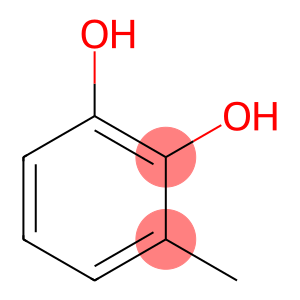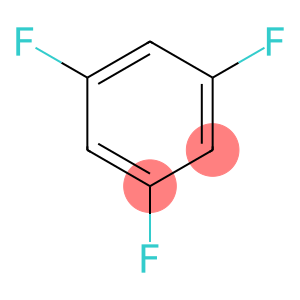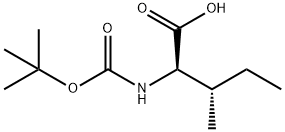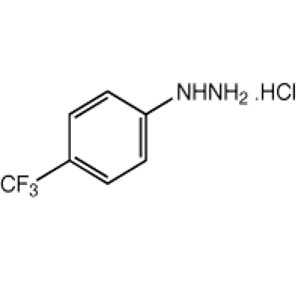3-methylpyrocatechol(CAS#488-17-5)
Risk and Safety
| Hazard Symbols | Xi – Irritant |
| Risk Codes | 36/37/38 – Irritating to eyes, respiratory system and skin. |
| Safety Description | S26 – In case of contact with eyes, rinse immediately with plenty of water and seek medical advice. S37/39 – Wear suitable gloves and eye/face protection |
| UN IDs | 2811 |
| WGK Germany | 3 |
| RTECS | UX1910000 |
| TSCA | Yes |
| HS Code | 29072990 |
| Hazard Class | 6.1(b) |
| Packing Group | III |
3-methylpyrocatechol(CAS#488-17-5) introduction
3-Methylcatechol, English name is 3-Methylcatechol. The following is an introduction to its properties, uses, manufacturing methods and safety information:
Quality:
3-Methylbenzoquinone is a crystalline solid that is white or off-white in color.
Use:
3-Methylhydroquinol has a variety of uses. It is an important intermediate in organic synthesis and can be used to synthesize a range of other compounds. Secondly, it can act as a stabilizer for polymers, protecting them from light and oxidation. It can also be used as an intermediate in dyes, such as synthetic phenol dyes.
Method:
The preparation of 3-methylhydrophenol can be achieved by oxidation of methylphenol (3-methylphenol). Commonly used methods include oxidizing with oxidants such as nitric acid, hydrogen peroxide, etc., to produce 3-methylhydroquinone.
Safety Information:
3-Methylhydroquinone is less toxic, but it should still be used with caution. Care should be taken to avoid inhaling its powder or coming into contact with the skin, eyes and mucous membranes during the procedure. Avoid contact with strong oxidizing agents and acids to avoid dangerous reactions. Proper safety protocols should be followed in the laboratory and appropriate personal protective equipment should be provided.








